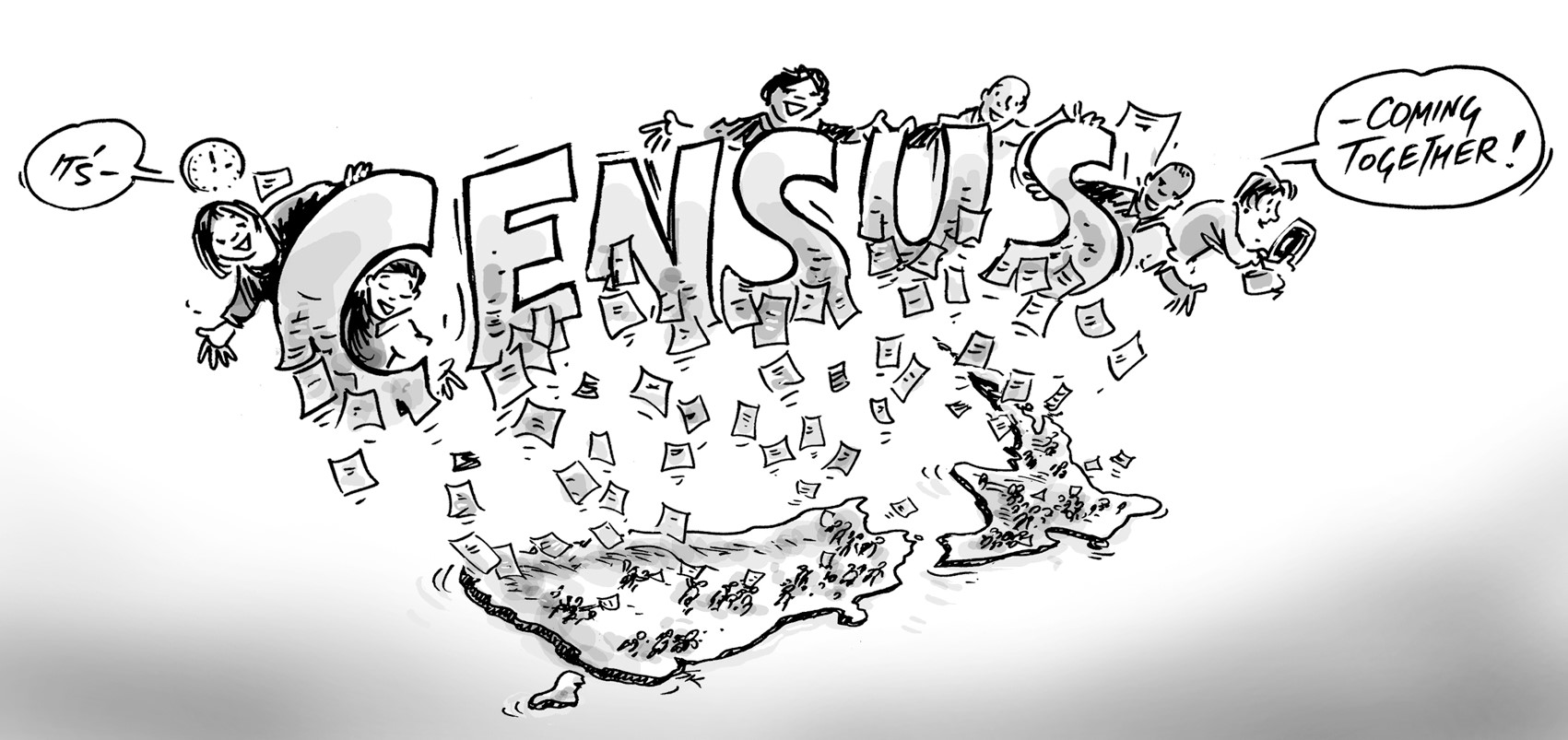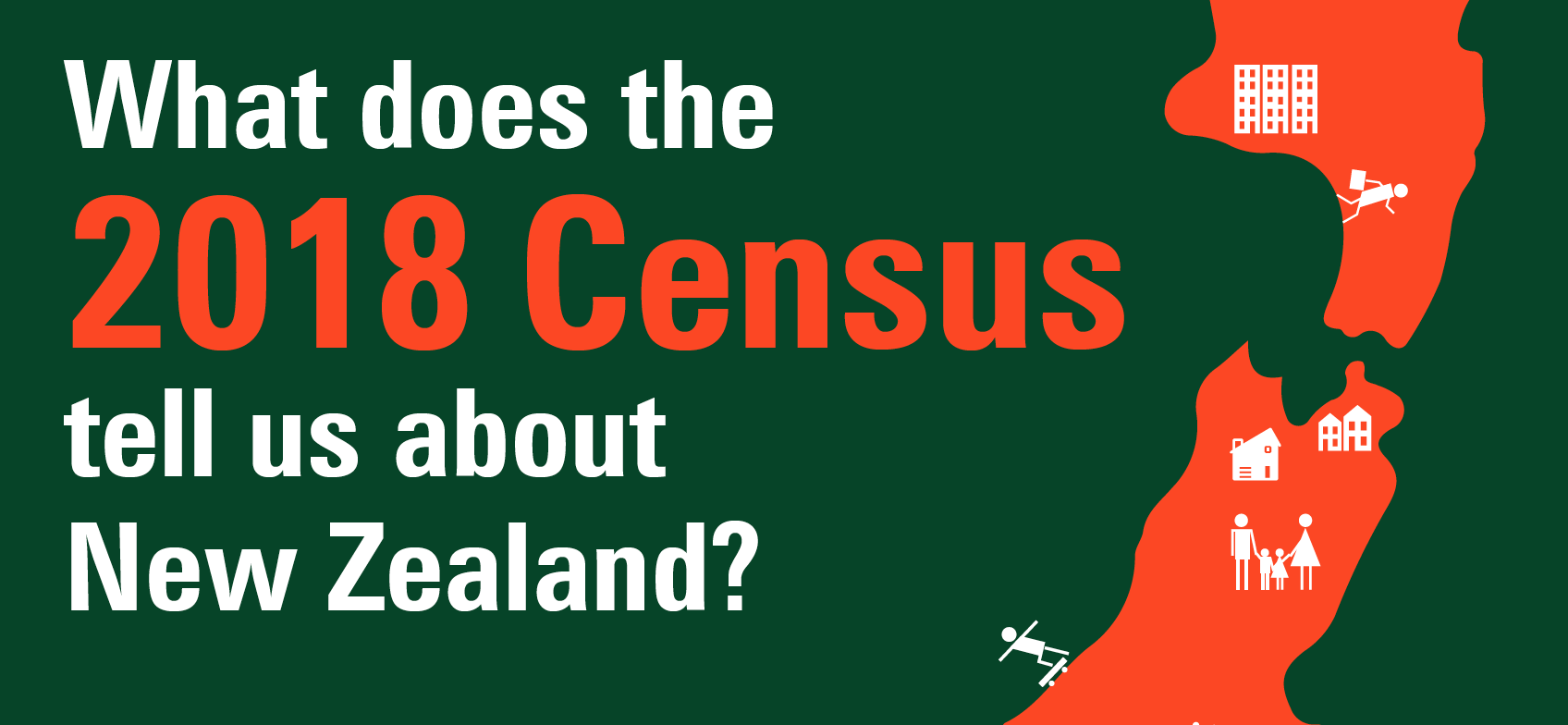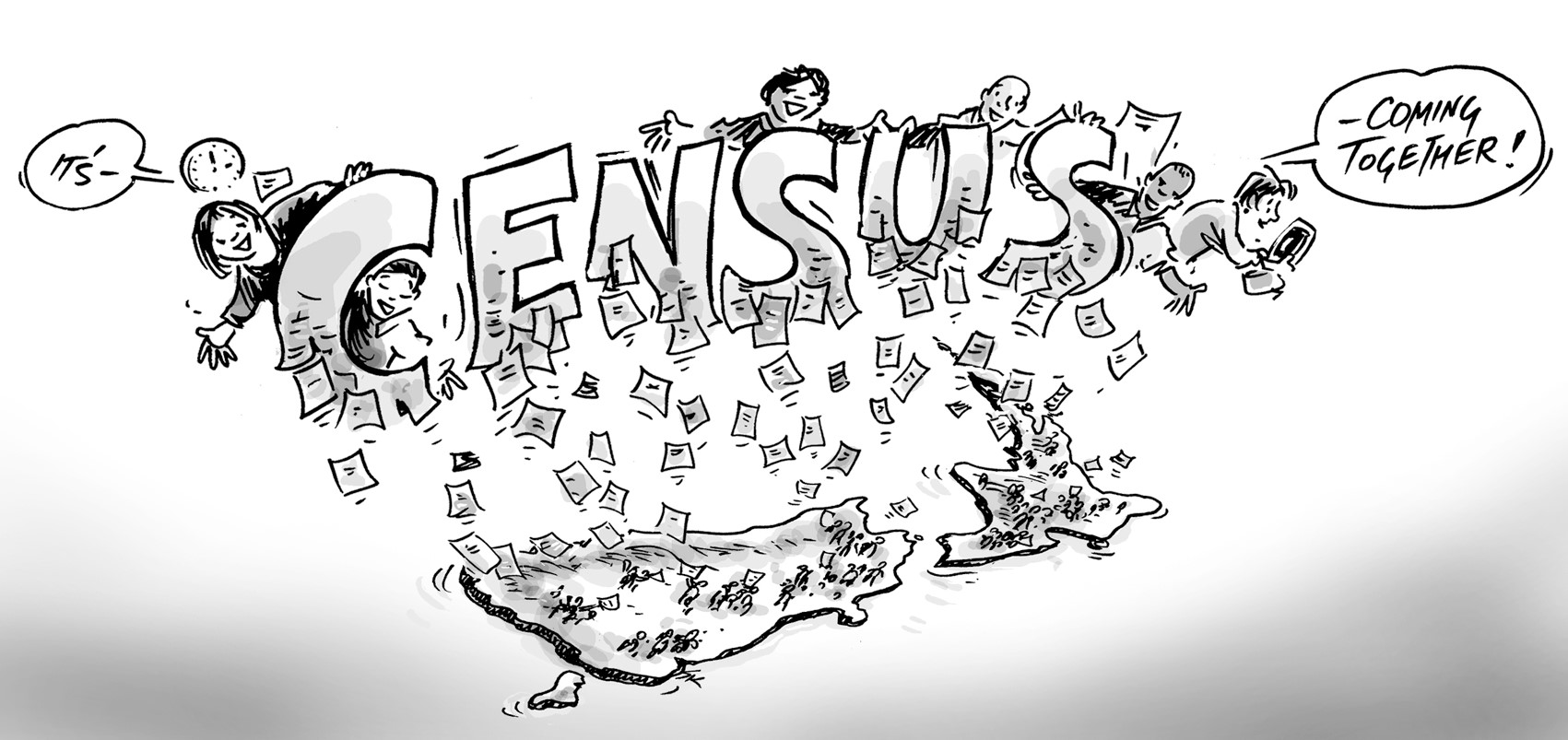When Billy Joel sung about being “in a New York state of mind” he talked of his identity and about going back to his roots. New Yorkers, there are over eight million of them, have a very strong identity.
On the other side of the world New Zealand is not so different. But we are even younger, and smaller – just four million of us – and perhaps it is because we have had so few generations in which to develop that we struggle with the changing nature of our identity.
Stats NZ have been trying to measure this evolution in a statistical sense. The census has been capturing race or ethnicity information about the New Zealand population for most of its history, but more specifically ethnicity has been included in each census since 1976.
Stats NZ use a definition of ethnicity that emphasises identity rather than race:
“Ethnicity is the ethnic group or groups that people identify with or feel they belong to.
Ethnicity is a measure of cultural affiliation, as opposed to race, ancestry, nationality
or citizenship.”
Thus the ethnicity question attempts to capture a relatively nebulous “state of mind” where the group can contain people who have some, or all, of the following attributes:
- a proper name
- common elements of a culture which need not be specified, but may include religion, customs, or language
- a unique community of interests
- a shared sense of ancestry or origin
- a shared geographic origin
When you consider the breadth of this definition, it’s not a stretch to realise that on an individual level ethnic identity can change over time, influenced by external circumstances and personal reasons. The case of the “New Zealander” ethnicity is a prime example.
In the past two decades, Stats NZ has tried to shape their measures of ethnicity to capture the changing nature of ethnicity in New Zealand society. Not easy! In the 2009 Review of Official Ethnicity Standards, Stats NZ made special note of the challenge of “accommodating people of European ancestry, whose ethnic identity has evolved with the increasing proportion of this population living in New Zealand for two or more generations”.
And with the release of the latest 2013 census results, it seems that a “New Zealand” state of mind is still causing problems.
There has been a history of change in both the census question format and subsequent ethnic classification which makes understanding shifts in the real world very difficult. Changes were made to the 1996 census in an attempt to more accurately capture the “other “ ethnicities, but the 2001, 2006 and 2013 censuses all featured the same question on ethnicity.
11 Which ethnic group do you belong to?
Mark the space or spaces which apply to you.
O New Zealand European
O Mäori
O Samoan
O Cook Island Maori
O Tongan
O Niuean
O Chinese
O Indian
O other (such as DUTCH, JAPANESE TOKELAUAN). Please state: ____________________
The ‘other’ tick box allows people to write in an ethnicity response if theirs is not in the eight named ethnicities. “New Zealander” is therefore a write-in response.
I won’t include earlier data in the following chart because changes to the ethnicity question in 1996 make comparison difficult. However, in recent times the massive swing in 2006 where, on the back of a high media profile, there was a huge “New Zealander”response in the write-in category. Almost as marked is the slump in the 2013 results.
The 429,429 people who contributed to the 2006 “New Zealander” result must have created a real headache for Stats NZ, who at the time quickly tried to understand the shift. A 2007 report identified New Zealanders were typically more likely to be male, live in the South Island and where generally born in New Zealand. Compared to the total population, those responding as New Zealanders had an older median age, higher income and qualifications, were less likely to also report Maori descent but more likely to live in rural New Zealand.
Despite conflicting data with lower levels of ‘New Zealander’ responses being recorded through other statistical sources (e.g. birth registrations) the subsequent 2009 Review of Official Ethnicity Standards decided to retain the format of the 2006 census ethnicity question. However, the 2013 result seems to have reconfirmed Stats NZ’s concern about ethnicity classifications. The pendulum has swung back within the New Zealander category, with only 65,973 people self- identifying as New Zealanders.
In retrospect the high media profile did no favours to the change in classification decision in 2006. The goal of seeking a statistical approach to balance relevance with accuracy has not been reached in the case of ethnicity indicators.
My guess is that New Zealand’s debate about identity and whether people should be able to construct their ethnicity on the basis of New Zealand nationality will continue. To that end so will the discussion of the role of ethnicity in public policy. But in the meantime, it would be dubious to make comparisons between 2013 and 2006 data in the New Zealander area, and indeed between the last five censuses.
From a communications/marketing perspective though, it is fascinating to witness the influence of media being acted out in such a succinct statistical result.
To learn more about the demographic characteristics of your local population, access the .id demographic resource centre for NZ councils or contact Penny@id.com.au.











